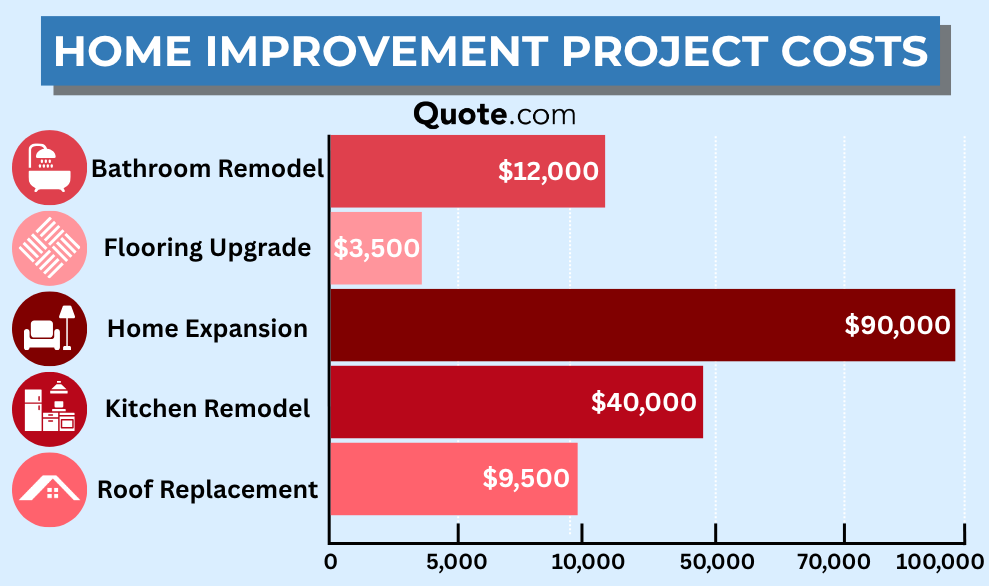As a homeowner, finding the perfect style for your bathroom, while staying practical, comfortable, and safe is important. Especially when it comes to your shower and tubs. Throw in keeping it affordable and this task becomes even more daunting.
- Walk-in tubs help seniors and mobility-limited users bathe safely
- Costs vary widely by model, features, size, and installation
- Most insurance won’t cover upgrades unless medically necessary
So to make the decision to upgrade your bath to include a walk-in tub a little easier, we talked to leading experts in interior design and home improvement and asked them for their tips. Check out their advice below.
What is a Walk-In Tub?
A walk-in tub is a specialized bathtub that helps people safely and comfortably bathe without stepping over a high edge like a traditional tub. They feature a watertight door that opens inward or outward with minimal effort, allowing users to walk directly into the tub.
Walk-in tubs are especially popular with seniors, people with mobility challenges, or anyone recovering from an injury.
Typically, walk-in tubs come with seating, anti-slip flooring, and handrails.
Many models also include advanced features like hydrotherapy jets, fast draining, and heated backrests.
Free Home Insurance Comparison
Compare Quotes From Top Companies and Save
Secured with SHA-256 Encryption
Walk-In Tub Cost & What to Consider
The cost of a walk-in tub varies by model, size, and features. On average, basic models start at around $2,000 to $5,000.
On the other hand, premium hydrotherapy models can cost $10,000 to $20,000, including installation.
Before purchasing, consider the following:
- Requirements: Some tubs may need extra plumbing or electrical work before installation.
- Bathroom Space: Measure your bathroom to ensure the tub fits comfortably without cramping it.
- Warranty/Service: Look for a trusted manufacturer with a solid warranty and good customer support.
- User Needs: Consider the user and what features matter most, like easy access, comfortable seating, or relaxing jets.
Consider these factors before installation to save time, money, and future maintenance headaches. While the initial cost may be high, a walk-in tub offers long-term value and better safety for homeowners.
Benefits of Getting a Walk-In Tub
Walk-in tubs offer many safety and health benefits to help homeowners increase comfort and independence. With low step-in entries and built-in grab bars, these tubs reduce the risk of slips and falls, one of the most common bathroom hazards.
Many models include hydrotherapy and air jets designed to ease muscle tension, soothe arthritis pain, and improve joint comfort.
Accessibility features make it easier for individuals with limited mobility or disabilities to bathe safely without assistance.
Select models also offer luxury upgrades such as chromotherapy lighting, aromatherapy systems, and quick-fill technology for a spa-like experience.
Home Safety & Care for Aging Parents
As your parents get older, creating a safe and accessible home becomes essential to help them stay independent and prevent accidents. Bathrooms are one of the most common places for slips and falls, so thoughtful design and accessibility upgrades are important.
Installing a walk-in tub along with safety features like grab bars, non-slip flooring, and a hand-held showerhead can greatly reduce fall risks and help your aging parents maintain independence.
Consider widening doorways, brightening dim areas, and reducing floor thresholds to make movement safer for your loved ones as they age.
Free Home Insurance Comparison
Compare Quotes From Top Companies and Save
Secured with SHA-256 Encryption
Does Home Insurance Cover Walk-In Tubs?
Generally, home insurance coverage doesn’t include the cost of purchasing or installing a walk-in tub since it’s considered a home upgrade rather than a repair for covered damage.
However, there are certain situations where insurance may help:
- Covered Damage: Home insurance can cover the cost to replace a walk-in tub damaged by a covered peril, such as a burst pipe or house fire.
- Total Loss: Your dwelling coverage typically includes walk-in tub replacement if the home is destroyed by a covered event.
- Medical Necessity: If a doctor prescribes a walk-in tub as medically necessary, certain insurers or programs cover part of the expense.
Homeowners insurance typically won’t cover the cost of walk-in tubs for comfort or senior accessibility upgrades unless they’re needed to repair damage from a covered loss. It also excludes wear and tear, faulty installation, or gradual leaks.
Be sure to review your policy exclusions carefully and keep documentation if the tub is related to a medical necessity.
Coverage options can vary widely between insurers. Compare home insurance rates now to make sure your policy includes what matters most before renewing.














